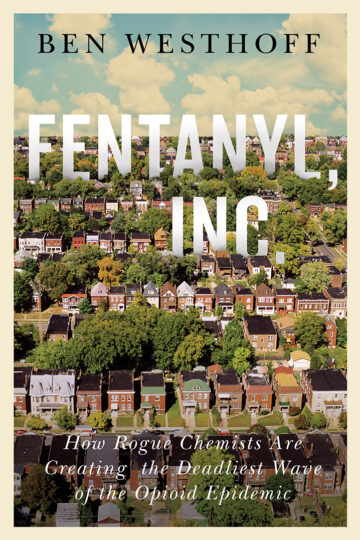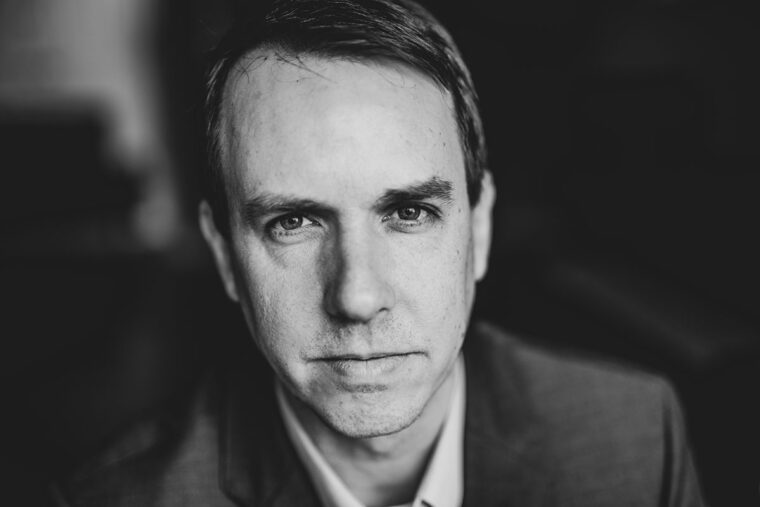“There were these mega raves, and at every one there was at least one death,” says Westhoff, a former rave-goer himself. “The deaths were always -attributed to ecstasy.”
Westhoff had never heard of ecstasy killing people, so he decided to -investigate.
His search took him from North Dakota, where the 2015 death of a teenage opioid addict triggered the first large-scale fentanyl investigation, to China, where companies legally sell fentanyl ingredients — called precursors — to drug makers. This and much more is featured in Westhoff’s new book, Fentanyl, Inc.: How Rogue Chemists Are Creating the Deadliest Wave of the Opioid Epidemic.
“We know the overprescription of pills like OxyContin triggered the first wave of the opioid crisis. Then people turned to heroin when they could no longer access or afford pills,” Westhoff says. “But today, people are using fentanyl, which is cheaper and deadlier than anything we’ve ever seen before. Tens of thousands of Americans are dying every year as a result.”
First developed in legitimate labs to help cancer patients manage pain, fentanyl is exponentially more powerful than morphine. Even a minuscule amount cut into heroin or pain pills can kill, as it did Prince in 2016.
The chemical precursors for fentanyl are almost always produced in China and then often sold to cartels in Mexico. The Chinese government claims it is trying to suppress this trade. But in practice, it supports these pharmaceutical companies through tax breaks and subsidies.

Fentanyl, Inc.
How Rogue Chemists Are Creating the Deadliest Wave of the Opioid Epidemic
Posing as a buyer, Westhoff infiltrated one of the biggest of these companies, located in central China. Employees there pitched him on an array of illicit ingredients and guaranteed their products, shipped in fake dog-food packaging, would clear customs.
“There was this weird disconnect between what you think of as a totally shady business and the corporate culture I saw,” Westhoff says.
In July 2019, Westhoff testified before a congressional commission that the Chinese government is failing to crack down on these companies. And yet if China did act, the industry would just migrate to another country.
So if we can’t staunch the supply or curb the demand, what is the solution? Westhoff argues for considering controversial harm-reduction efforts.
For instance, several countries host supervised injection sites where users can take drugs without fear of arrest. Crime has dropped because users no longer have to steal to support their habits. Deaths have declined, too, because users are no longer exposed to fentanyl or dirty needles. But efforts to open such clinics in America have been rejected, even though the data suggest these programs work.
“What we are doing now is not working,” Westhoff says. “We must look at common sense measures that work.”



